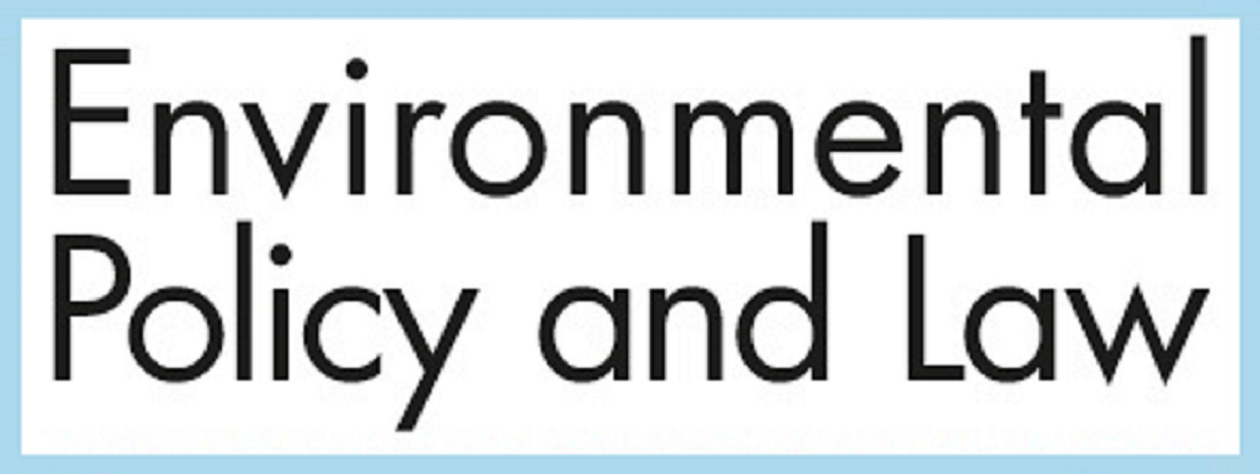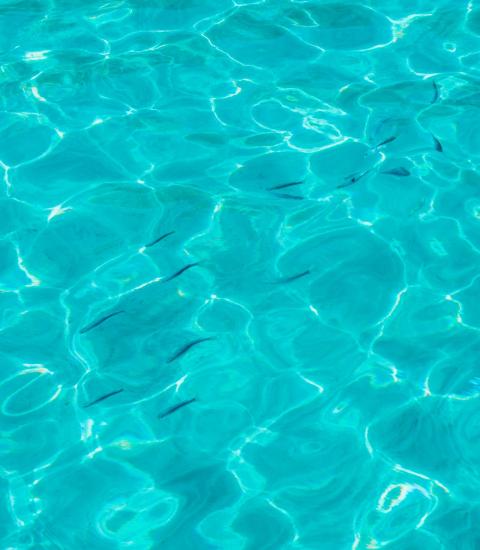The Need to Make Choices
It is indeed a matter of serious concern that no part of the planet is free from the scourge of plastic wastes. Many countries are saddled with mountains of water containers, supermarket bags, polystyrene lumps, compact discs, cigarette filter tips, nylons and other plastics. Some are in the form of microscopic grains, others in lumps. The impact is often highly damaging. Even the polar regions, generally considered to be pristine zones, are now getting affected by plastics as is the case with mountain areas and rivers where tourists and rafters leave a trail of plastics behind, even on Mount Everest.
In this context, the 2018 WED theme of “Beat Plastic Pollution” is a robust call for action to combat one of the greatest environmental challenges of our times. The theme invites all to consider how to make changes to reduce the heavy burden of plastic pollution on our natural places, wildlife and human health. It challenges us to make simple yet informed choices (e.g., carrying reusable shopping bags, coffee mugs, water bottles, etc.) and to support innovative measures, as exemplified by a canal tour company in Amsterdam which has initiated a campaign called “Plastic Fishing”, which engages tourists as volunteers to catch floating plastic in fishing nets. In another example, there is an age-old tradition in West Bengal, India of using small cups made of clay (bhars) that serves as a natural alternative to disposable paper or plastic cups.
Having been the global host for 2018 WED, India now needs to lead the way by making concerted efforts to clean its rivers and beaches cluttered with piles of plastic litter. Its Plastic Waste Management Rules 201634 are a useful contribution to these efforts. Section 5 of the Rules talks about plastic waste management:
- plastic waste, which can be recycled, shall be channelized to registered plastic waste recyclers and recycling of plastic shall conform to the Indian Standard: IS 14534:1998 titled as Guidelines for Recycling of Plastics, as amended from time to time;
- local bodies shall encourage the use of plastic waste (preferably the plastic waste which cannot be further recycled) for road construction as per Indian Road Congress guidelines or energy recovery or waste to oil etc. The standards and pollution control norms specified by the prescribed authority for these technologies shall be complied with;
- thermo set plastic waste shall be processed and disposed off as per the guidelines issued from time to time by the Central Pollution Control Board; and
- the inert from recycling or processing facilities of plastic waste shall be disposed of in compliance with the Solid Waste Management Rules, 2000 or as amended from time to time.
A recent decision by the National Green Tribunal banning the use of plastic bags of less than 50 microns also shows that modest legal measures are underway. However, their success will depend upon corresponding changes in societal attitudes and habits. A New “Common Concern”? Banning plastic products is not the solution as plastic plays an important role in the daily lives of people and the economy. It performs multiple functions that can help in taking care of a number of societal challenges in many countries especially those with emerging economies. Light and innovative materials in cars or planes could save fuel and cut CO2 emissions. In packaging, plastics help ensure food safety and reduce food waste. Combined with 3D printing, biocompatible plastic materials can save human lives by enabling medical innovation. However, the problem lies in the way plastics are currently produced, used and discarded.


